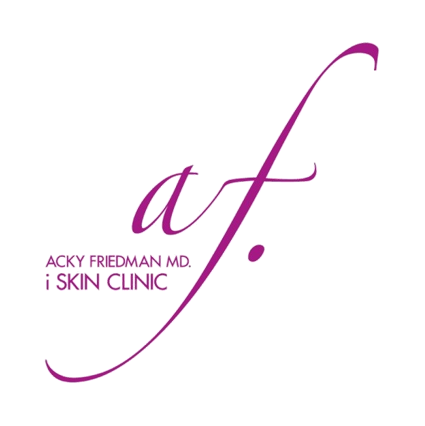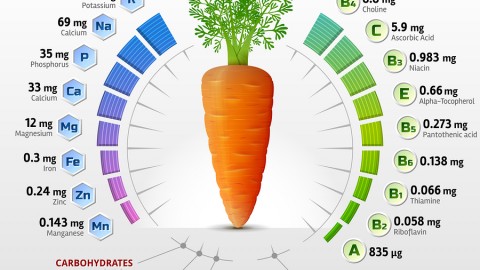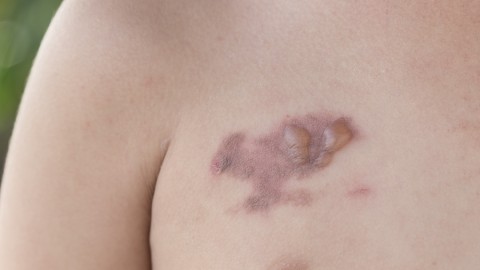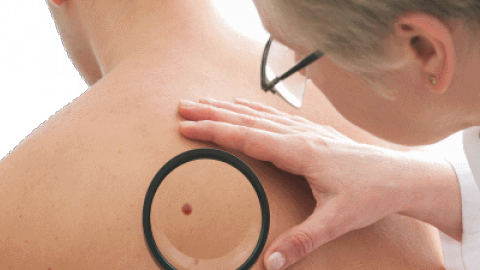Skin, Hormones and Fertility- Dr. Acky Friedman
The Polycystic Ovary Syndrome (PCO) is a phenomenon that occurs in 8% of all women in fertility age, and is caused by hormonal reasons that cause metabolic, endocrinal, cardiovascular and other problems.
The most prominent hormonal impacts are elevated male hormones (hyperandrogenism) and high levels of insulin in the blood (hyperinsulinemia) that have drastic and long-lasting impacts on the general health conditions.
The different skin appearances that are caused by the syndrome may be found and diagnosed by a dermatologist and professionals in related para-medical fields. For this reason, we should should know, identify and diagnose these factors.
The syndrome’s characteristics are: cysts at the tips of the ovary, which originate in the ovarian follicle that contains egg cells. While during normal ovulation, one egg cell is released from an ovary follicle, in women suffering from this syndrome there is a hormonal imbalance that is also evident in higher than usual testosterone level, which prevents the steady development of the follicle and the releasing of an egg cell. These follicles turn into cysts and an ovary such as this may contain a large number of cysts. The syndrome was first coined as the “Stein Leventhal Syndrome” (named after the two doctors who were the first to describe it) and it contains a number of components:
Few ovulations, elevated male hormone levels, and an ultrasound image of many cysts in the ovaries. The diagnosis is made in process of elimination, meaning other factors and reasons for this medical issue must be eliminated before, only if all other reasons are eliminated, the Polycystic Ovaries Syndrome pertains.
The hormonal paths of the syndrome incorporate combinations of androgens, Insulin LH, and estrogens, and lead to a variety of clinical phenomena and metabolic complications.
It is important to note that in many cases, the problem exists but the clinical appearance is not visible. For example, in an ultrasound for women with steady menstrual cycles with no sign to PCO, a quarter of them will be found with PCO.
PCO is found also in 92% of women with hirsutism, 87% with few menstruations, and 82% of women in fertility age that suffer from adult diabetes.
The metabolic impacts are the most significant component of the syndrome, they usually follow women suffering from PCO throughout their lives and it negatively affects their quality of life. 47% of women with PCO have a metabolic syndrome.
“Metabolic syndrome” is a general title given to a number of conditions such as obesity, high blood sugar, high blood lipids and high blood pressure. As a side effect of this syndrome, there is a larger risk of developing cardiovascular diseases, sleeping disorders, fatty liver disease and psychological/psychiatric problems that correlate to the added impact of these conditions, as well as to fertility problems that are caused by the syndrome. We witness a chicken and egg situation when faced to the question of whether eating disorders, obesity, depression, stress, changes in body shape, hirsutism and more, are the factors or the result of PCO.
It is important to check and diagnose PCO and address its significant components, while trying to find a therapeutical solution. The treatments may be roughly classified to hormonal and non-hormonal treatments.








